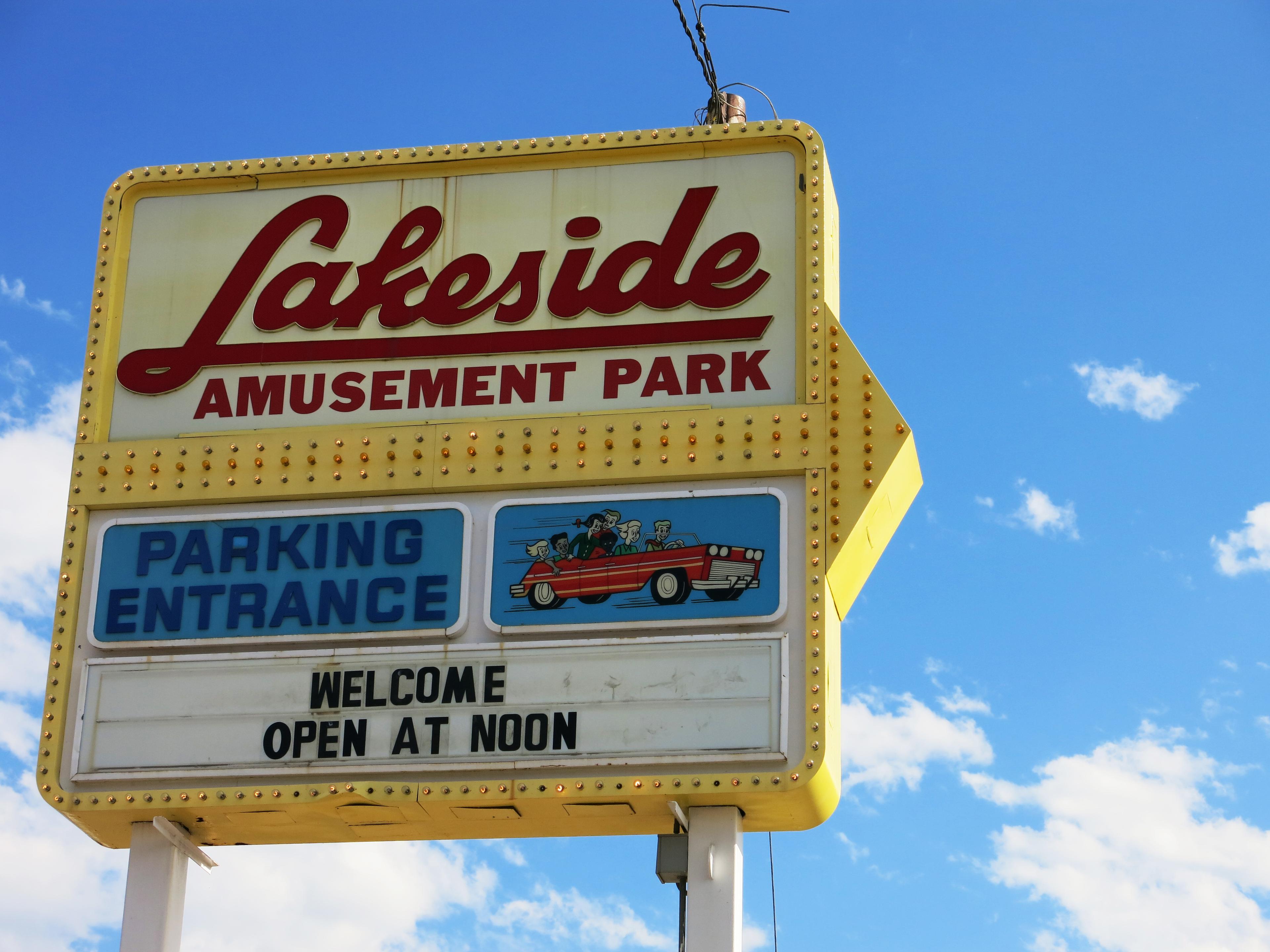
Lakeside Amusement Park is one of the nation's few remaining family-owned amusement parks. The popular attraction, which has been around since 1908, just opened for the 2016 season. A new book charts the history of the park. It’s called, “Denver’s Lakeside Amusement Park: From the White City Beautiful to a Century of Fun.” Author David Forsyth is executive director of the Gilpin County Historical Society.
He spoke with Nathan Heffel.
Five things you may not know about Lakeside:
1. The amusement park was founded by Adolph Zang, whose father, Philip, owned a Denver brewery. Zang’s primary reason for locating his park outside Denver was to avoid the city’s blue laws prohibiting the sale of liquor on Sundays. “The decision also set Lakeside apart from other amusement parks in the country, none of which could claim to occupy their own town.”
2. An early ride called the Tickler was designed by its inventor to “jostle, jolt and jounce its riders about in their seats.” Apparently it worked a little too well. When riders began to suffer broken bones, Lakeside’s management removed the ride.
3. Another early attraction: premature babies exhibited in incubators. Dr. Martin Couney, a German-born physician, charged a 25-cent admission fee to see the babies and give a lecture about his practices. “By placing the incubators in amusement parks, where people congregated and expected to see the strange or shocking, Couney hoped to gain widespread public acceptance of his new device.”
4. When Benjamin Krasner bought Lakeside during the Great Depression, he hired a young architect name Richard Crowther to give the park a makeover. Crowther designed and built new ticket booths for each ride; many remain today. “True to the Moderne style, the ticket booths were sleek and included curved lines and great deal of glass.” Crowther went on to design a number of movie theaters, including Denver’s Esquire Theatre.
5. Lakeside Speedway opened in 1938, and within a few weeks of its grand opening, the racetrack became one of the top attractions at the park, consistently drawing 6,000-7,000 customers every Sunday. In July 1988, a spectator was killed when a car hit a guardrail, sending debris into the stands. Two months later, Rhoda Krasner decided to close the speedway. The dilapidated track can still be seen on the edge of Lakeside’s parking lot.







